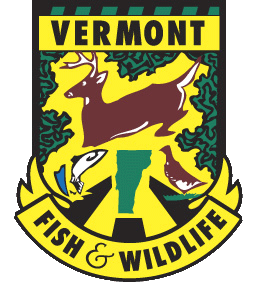
Mt. TABOR, Vt. – Otter Creek Wildlife Management Area, well known for its waterfowl and songbird habitat, has grown to nearly 1,200 permanently conserved acres through the Vermont Fish & Wildlife Department’s purchase of 54 acres of land in Mt. Tabor. The Vermont Land Trust facilitated the transaction.
The new addition, known as Hallagan Woodlot, is a land-locked, forested parcel nestled between Otter Creek Wildlife Management Area (WMA) and the Green Mountain National Forest. The Vermont Land Trust bought the land at auction and transferred it to Fish & Wildlife when federal Pittman-Robertson funds (raised through an excise tax on shooting and sporting equipment) became available.
“We were excited to partner with Vermont Land Trust to conserve a critical piece that was privately held in our Otter Creek WMA,” said Jane Lazorchak, Vermont Fish & Wildlife’s land acquisition coordinator. “Partnerships like this are key to conservation in Vermont and what make it such a special place to work.”
Bordered by Otter Creek to the west and Green Mountain National Forest to the east, Otter Creek WMA contains a mixture of deciduous and evergreen forests, including deer wintering habitat, as well as wetlands and streams, and is known for its healthy population of deer, bears, otters, beaver, mink, raccoons, and muskrats.
“By increasing a large connected area of conserved habitat along this biologically diverse waterway, this purchase will greatly benefit many fish and wildlife species,” said Commissioner Louis Porter. “Keeping this land in a forested state will also help improve filter runoff and buffer against floods, naturally improving water quality in Otter Creek and Lake Champlain.”
In addition to its habitat benefits, the newly conserved land will be accessible to the public for recreation, including fishing, bird-watching, hunting, photography, and snowshoeing.
“Because this important land abuts an existing Wildlife Management Area and the land went up for sale at auction quickly, it was a perfect opportunity for the Department and the Vermont Land Trust to coordinate our efforts,” said Donald Campbell of the Vermont Land Trust. “The department’s staff was exceptionally efficient, making a rapid response possible.”
The Vermont Fish & Wildlife Department owns and manages 94 wildlife management areas throughout the state, comprising nearly 140,000 acres, for fish and wildlife habitat and public access.
